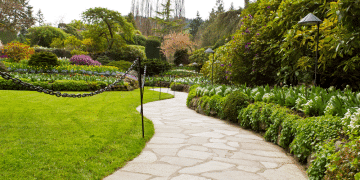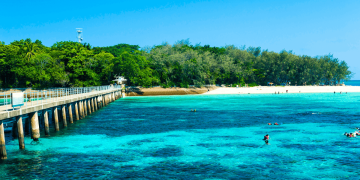Traveling Responsibly: Eco-Friendly Daintree Travel Guide
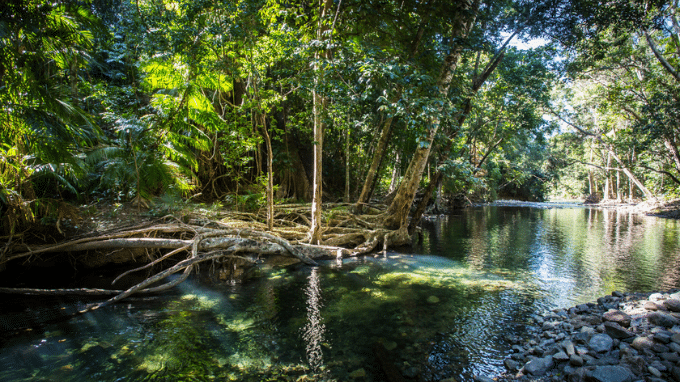
The Daintree Rainforest, in Far North Queensland, is a breathtaking natural wonder where emerald foliage, ancient ferns, and elusive animals perform a captivating ballet of splendor. Unique plant and animal species found nowhere else on Earth call this rainforest home. It is also one of the world’s oldest rainforests that is still going strong today. However, mindful tourism is an immediate necessity in this fragile ecology. Here are some ways you can enjoy your time in the Daintree in a way that doesn’t harm the environment and keeps its allure alive for future visitors.
Why Responsible Travel Matters in the Daintree
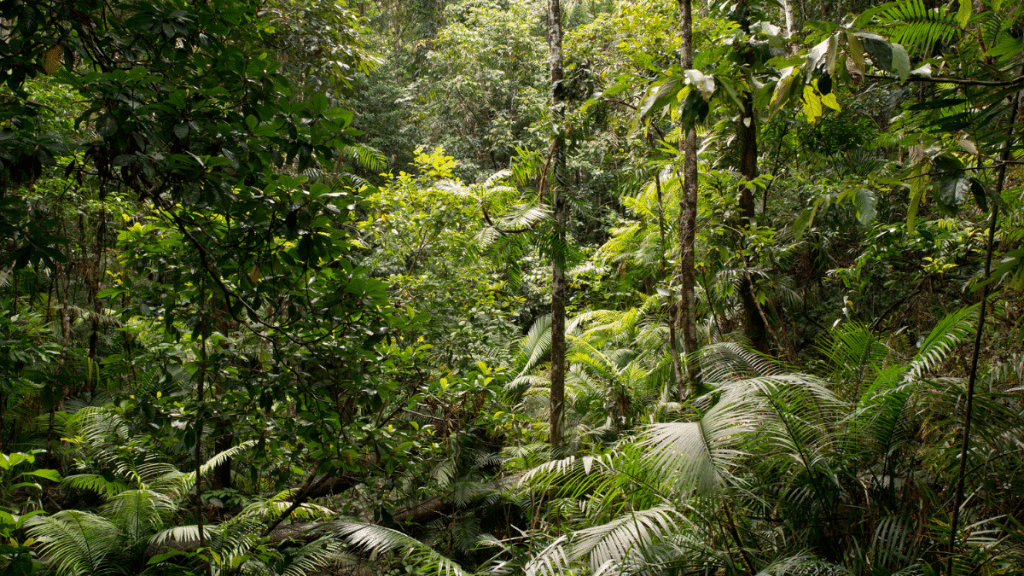
The Daintree is more than just a vacation spot; it is an ecosystem that has been around for more than 180 million years. Its biodiversity is in danger because of climate change, growth, and people’s actions. This is why ethical tourism is so important.
There have been more people leaving their mark at this spot than there used to be. Based on that footprint, the earth can be protected or hurt. When you travel in a way that doesn’t harm the environment, you help protect a place that has been home to native people for thousands of years and the ecosystem itself.
Getting There Sustainably
From Cairns, which is about a two-hour drive, most people take a car or bus to get to the Daintree. However, there are ways to reduce your effect on the environment:
- Carpool or take the bus: Go on a trip with a group or carpool with other travelers. Some eco-tour companies offer shuttle services that cut down on the amount of pollution each person makes.
- When you can, don’t take planes. If you live in Queensland, instead of flying into Cairns, think about taking a road trip.
- Balance out your carbon emissions: If you have to fly, use programs that help you balance out your environmental effect.
Choosing Eco-Friendly Accommodation
One of the easiest ways to embrace sustainable Daintree travel is by selecting accommodations that prioritise the environment. Look for lodges, cabins, or retreats that:
- Operate off-grid or use renewable energy sources
- Offer composting toilets or water-efficient systems
- Participate in reforestation or local conservation projects
- Support the local Indigenous community
Examples of eco-conscious stays in the Daintree:
- Daintree Wilderness Lodge – Solar-powered and committed to protecting the surrounding ecosystem.
- Cape Trib Beach House – Combines comfort with sustainable practices and direct access to the beach.
- Daintree EcoLodge – Operates in partnership with the local Kuku Yalanji people, offering cultural tours and healing experiences.
Treading Lightly on the Trails
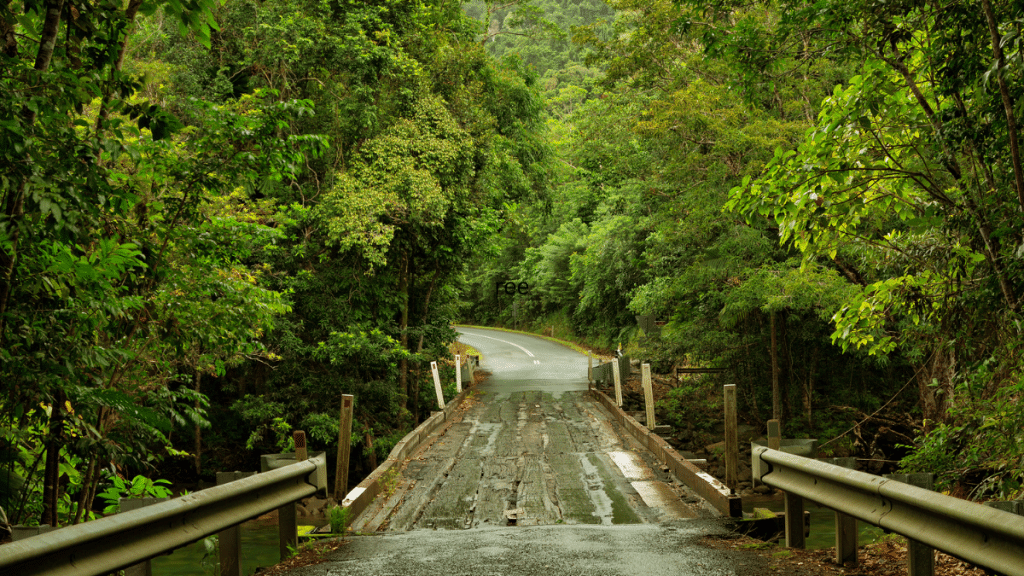
The rainforest’s trails are a gateway to its rich biodiversity—but even your footsteps matter.
Best Practices:
- Stick to marked paths to prevent trampling delicate undergrowth and disturbing wildlife habitats.
- Keep noise to a minimum: Loud voices or music can disrupt native species.
- Observe, don’t touch: Resist the urge to touch plants or approach animals. Many species here are sensitive, and human interference can be harmful.
- Take all rubbish with you: Even biodegradable items like banana peels can disrupt the local ecosystem.
What to Avoid:
- Don’t take souvenirs from the forest—this includes rocks, plants, or even leaves.
- Avoid using harsh insect repellents or sunscreens that can damage water systems.
- Don’t veer off designated trails or create new paths.
Supporting Local Communities
The Daintree is home to the Eastern Kuku Yalanji people, who have lived in harmony with the rainforest for millennia. Engaging with their culture through respectful and ethical tourism is a meaningful way to enrich your journey and give back to the community.
How to support respectfully:
- Book Indigenous-led tours, like those offered by Walkabout Cultural Adventures or the Mossman Gorge Centre.
- Buy local: Choose locally made souvenirs, crafts, and food. This supports small businesses and reduces the carbon footprint from imported goods.
- Listen and learn: Engage with the stories, language, and traditions of the Traditional Owners with an open heart and mind.
Wildlife Encounters – The Right Way
The Daintree is teeming with wildlife: cassowaries, tree kangaroos, Boyd’s forest dragons, and more. But it’s vital to approach these encounters with care.
Responsible wildlife tips:
- Use binoculars and cameras with zoom rather than approaching animals.
- Never feed wildlife. It can alter their natural behaviour and endanger their health.
- Travel in small groups when hiking—less disruption, more chance of a natural sighting.
- Join guided eco-tours with certified wildlife experts who know how to interact ethically.
What to avoid:
- Avoid tour operators who guarantee sightings—it’s often a red flag for unethical practices.
- Don’t chase or follow animals for a better photo.
Eco-Friendly Activities to Enjoy

Daintree travel doesn’t mean giving up on fun. There are plenty of eco-conscious adventures to be had that leave little impact:
- Snorkel or dive responsibly on the Great Barrier Reef with eco-certified operators.
- Kayak on the Daintree River, keeping an eye out for crocs (from a safe distance!).
- Zip-line through the canopy with providers who follow sustainable practices.
- Explore the beaches of Cape Tribulation—just be sure to take your waste with you.
For a slower pace, simply sit and take in the sounds of the forest. There’s magic in just being present.
Travel Essentials for an Eco-Conscious Trip

Packing smart can drastically reduce your footprint during your Daintree travel experience. Here’s what to bring:
- Reusable water bottle – Hydration without the plastic waste.
- Eco-friendly toiletries – Biodegradable soap, shampoo bars, reef-safe sunscreen.
- Cloth bags – For carrying groceries or wet clothes.
- Sturdy walking shoes – Reduce the risk of injury and trail damage.
- Lightweight raincoat – It’s a rainforest, after all.
Avoid bringing single-use plastics, aerosol sprays, or anything that could harm the local environment.
When Is the Best Time to Visit Responsibly?
The Daintree can be visited year-round, but for a low-impact trip:
- Travel during the shoulder seasons (May–June or September–October) to reduce pressure on local resources and avoid crowding.
- Avoid the wet season (Dec–Feb) if you’re not comfortable with heavy rain, though it’s still beautiful and supports off-season businesses.
Remember, visiting during off-peak times helps support the local economy throughout the year.
Leave Only Footprints, Take Only Memories

The Daintree is more than a place to visit; it’s a gift. It is a living museum of culture and nature history that wants us to treat it with respect and care. Traveling in the Daintree in a responsible way is more than just being a tourist. It’s about taking care of the land temporarily, making a good difference, and making sure that this beautiful part of Australia stays healthy for many years to come.
By being careful about where you stay, what you do, and how you connect with others, you can help protect the Daintree’s fragile ecosystems while also having one of the best trips Australia has to offer.
When you get ready for your next trip to the tropics, remember that being a good traveler is the best thing you can bring back with you.

